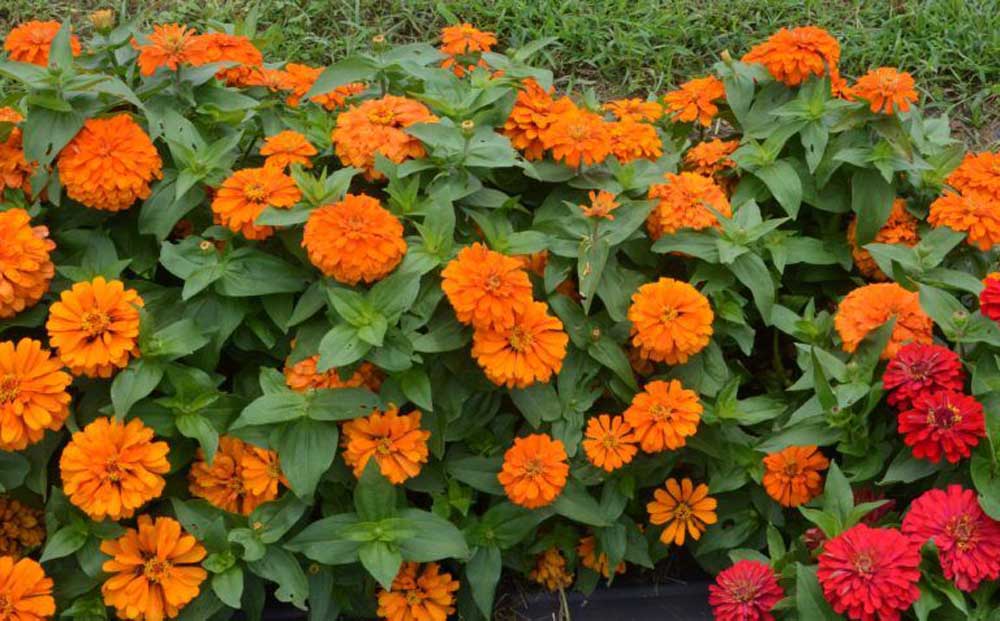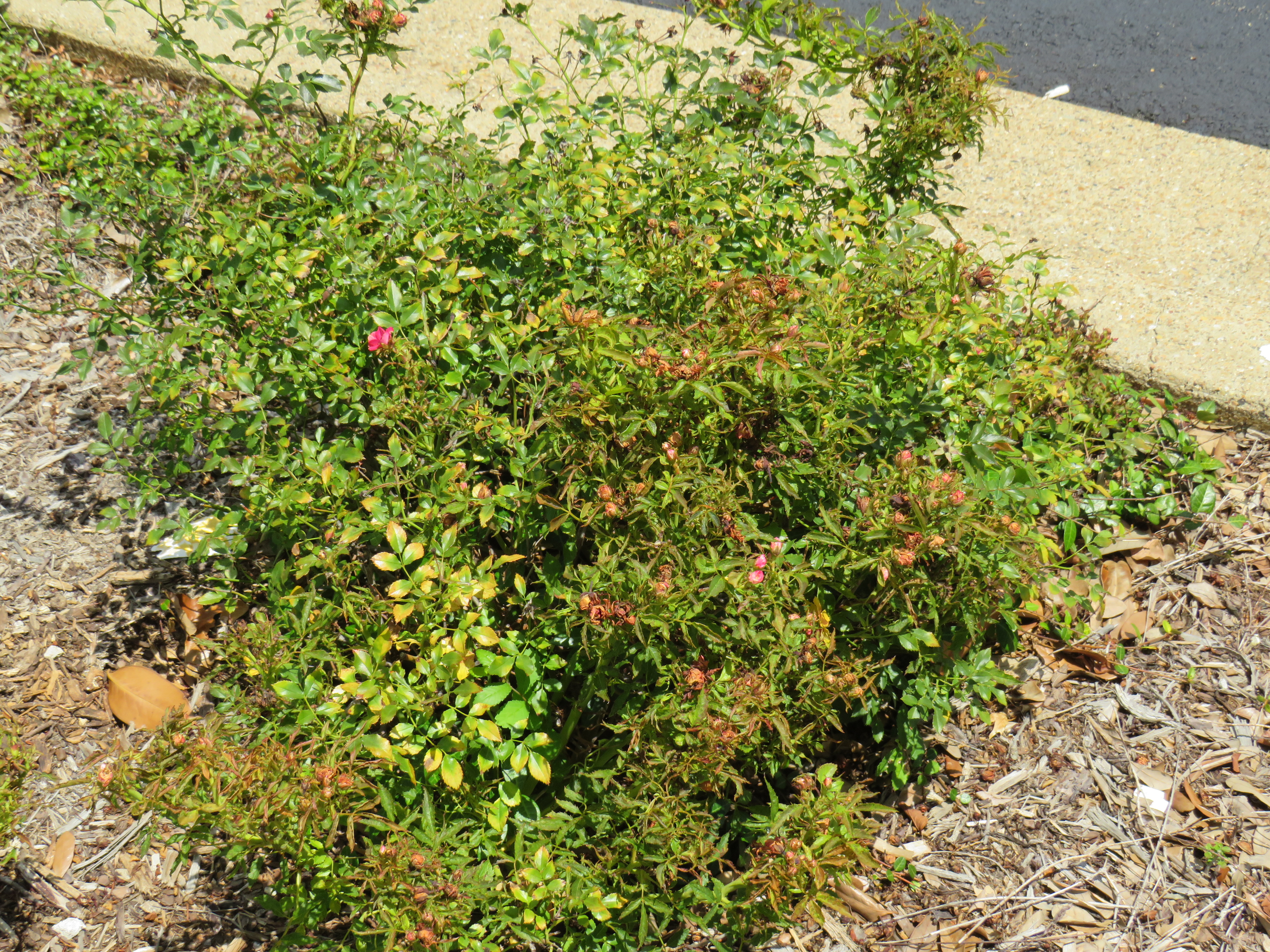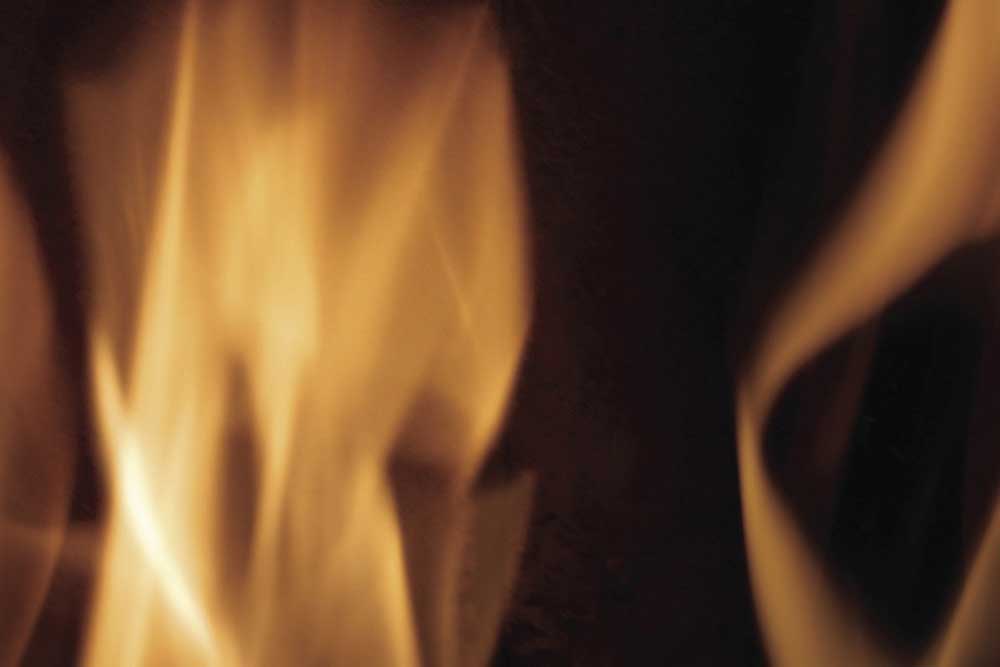Master Gardener: Conquering color chaos in the garden
Published 4:14 pm Saturday, October 30, 2021

- Fall tapestry
Fall is my favorite time of year. I love the weather; I love the food focused holidays and nature puts all my favorite colors on prominent display. But I must admit, the season can be a trying time for gardeners. We are used to playing off plants against mostly green backgrounds. Changing Autumn leaves can throw off the color balance of the best constructed gardens creating a muddled mess that keeps you from enjoying the garden as much as other seasons. Which is a shame, that doesn’t do justice to the garden or the mild weather that simply begs you to be outside. Fall is a great time to step back and look at the garden objectively. If you have color imbalances or problems, they will be easily recognizable now. Here are a few ideas you can implement in your garden to help you conquer color chaos.
Usually, color scheme problems are caused by too much of a good thing and come in two versions
Trending
• Color fail 1: Too uniform. Too much of the same hue is used and you end up with something that looks like a garden version of an all-beige room and is too boring to interest the eye.
• Fail 2: Too shocking. Your eye can’t find anywhere to rest, the garden version of the Vegas Strip.
The first problem is solved by judiciously adding Complimentary “pops” of colors or adding an opposite hue, bright in a mainly soft palette, warm in a mainly cool one. The second is solved by adding green and editing out or grouping some of your loud, bossy colors together to lessen the disruptive impact.
To succeed with color there are a few simple rules that will make the process easier.
• Pick a Palette: choose a color scheme or a hue and stick with it. There are many beautiful plants and no ugly colors but limiting your choices to a judicious few will not only make you choices easier but will look more soothing in the garden. This is especially important when choosing Triad, Tetradic or Monochromatic schemes which can get confusing quickly if they aren’t consistent.
• Repetition: use a single color or combo of colors in various areas of the garden. Choose at least three spots to convey a feel of cohesiveness and spread the color through the garden. Try to choose a color that you can find in both leaf color and blooms, that way you can add a variety of plants in your chosen color and not just flowers and the color will have multi season impact. Grey, Red, Yellow and Purple are easy to find in a variety of foliage and flower colors. Here is an example of using Purple. In one area you could plant a Smoke Tree, in another area a clump of purple Chinese Fringe Flower. Place purple Jospeh’s Coat in the front a green shrub bed and purple grasses in another flower or shrub bed. This spreads the same color through the garden. As you garden grows, you can add a contrasting color that harmonizes or stands boldly against the purple to enhance the scheme. By adding color one at a time, it makes it easier to see where you need accent or contrast.
Trending
• Layer color by height: spread a duo or group of colors through the garden and use the height of the plants to create broad swathes of color. An example would be planting shrubs of 3 to 5 feet that have yellow or yellow variegated leaves. You can create a new bed for this or add these plants to existing shrub beds, tucking them into empty spots or planting them in front of taller shrubs. Underplant with another color, between 12 to 18 inches and lower, bright pink perhaps. For this you could use coleus and caladiums in shady beds and begonias or petunias in sunny ones all in as close to the same shade of pink as you can find. This will give the garden a layer cake effect, green grass, then a low pink layer, a medium yellow layer and a tall green layer of tall shrubs and trees. The layer method allows you to have a cohesive garden without using the exact same plant in every location. Giving you much more freedom to put the right plant in the right spot while still looking orderly and carrying the color theme throughout.
• Mass plantings: when using color go big. Plant in groups of 3 to 5, or more depending on the size of the space available, to make a statement. If you must use a single plant, make it a specimen type example that is set off by location and surrounding plantings. In the case of specimens, larger is generally better, so use a tree or shrub for specimen plants. Another option for specimens that is often overlooked is vines. A single vine that grows quite large can have a big impact in the garden. You can alter the look of an all-green space simply by adding a large quantity of a single colorful plant. Simple red begonias or lime green sweet potato vine planted in great enough numbers to balance the color weight of the rest of the garden can completely transform an otherwise dull space. When doing this add at least 1/3 of the visual weight of the surrounding garden in the new color.
These are just a few examples of how to calm color chaos that you can implement now, or anytime. There are other tools as well. Don’t be afraid to get out there and dabble in your garden’s color scheme to create a space that you love in every season.
The Smith County Master Gardeners are having a First Tuesday in the Garden talk about garden color in the Tyler Botanical Garden at the Rose Garden Nov. 2 at 11a.m. at the IDEA Garden Pavilion. Please bring a chair and join us if you would like to learn more.
(The Smith County Master Gardener program is a volunteer organization in connection with the Texas A&M AgriLife Extension Service.)







